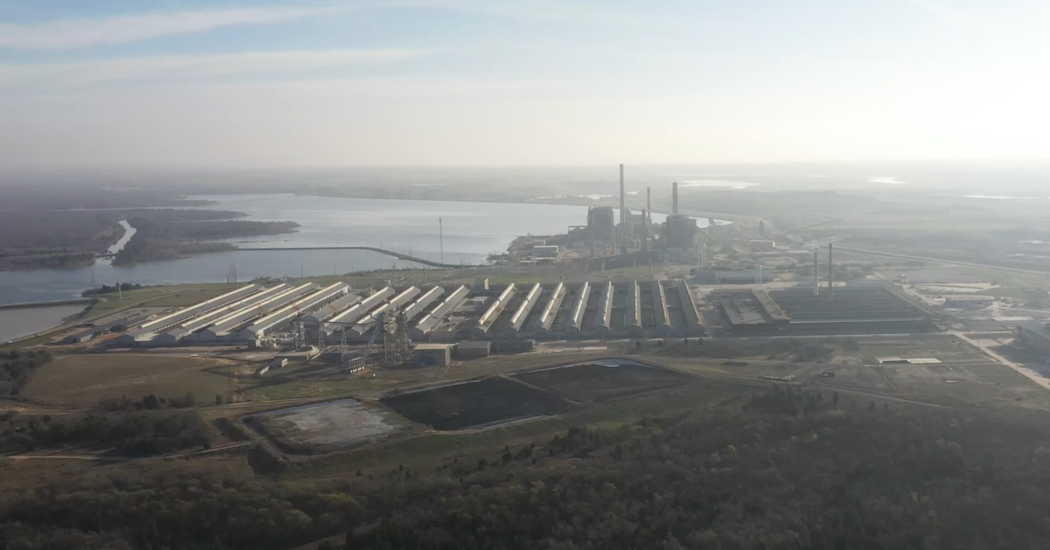The First Two Years of Bitcoin Mining in the U.S. After World War II: The Effort of Central Power for Bitcoin Operations in Texas
Texas needed electricity. The winter storm knocked out power to tens of thousands of homes. By the end of Feb. 14, 2021, nearly 40 people had died, some from the freezing cold.
RowAfter row of computers were using the least amount of electricity to power the homes of as many as 6,600 people outside of Austin.
The computers were performing trillions of calculations per second, hunting for an elusive combination of numbers that Bitcoin’s algorithm would accept. About every 10 minutes, a computer somewhere guesses correctly and wins a small number of Bitcoins worth, in recent weeks, about $170,000. Anyone can try and make a business, but it takes a lot of electricity to do so.
In Texas, the computers kept running until just after midnight. Then the state’s power grid operator ordered them shut off, under an agreement that allowed it to do so if the system was about to fail. In return, it began paying the Bitcoin company, Bitdeer, an average of $175,000 an hour to keep the computers offline. Bitdeer would make more than $18 million in the next four days due to fees paid by Texans who were affected by the storm.
The New York Times has listed 34 large-scale operations in the US that are putting immense pressure on the power grid and are looking for novel ways to profit from doing so. Their operations can cause higher electricity bills and carbon pollution for everyone around them, mostly people who don’t have anything to do with Bitcoins.
In June of 2021, most of the mining of virtual currency was done in China. Then it drove out Bitcoin operations, at least for a time, citing their power use among other reasons. The United States quickly became the industry’s global leader.
E-Power: The Bitcoin Energy Consumption Problem and its Impact on the Energy-Energy Production of the World’s Second Most Popular Cryptocurrency
“The energy consumption problem is Bitcoin’s achilles heel,” says de Vries. “It’s a simple fact that as the price of bitcoin gets higher, the energy consumption problem gets worse. The more money miners make, the more they will typically spend on resources: hardware and electricity.
At 19:27 Eastern time on April 12, the Ethereum blockchain, home to the world’s second-most-popular cryptocurrency, ether, will finally sever its links to crypto mining. Some people are planning viewing parties for the occasion, as the sense of anticipation builds. The Constantinople update caps off a process changing the way transactions are verified and the network secured.
Under the old system, proof-of-work (PoW) mining, the right to process a batch of transactions and earn a crypto reward is determined by a race to solve a mathematical puzzle. The miners have a better chance of winning the race if they throw more computing power at the problem. There is no race or miners under the new Proof-Of-Stake (PoS) system. The more ether you have locks up on the network the better the chance of winning a prize.
The absolute amount of energy consumed by the industry misses important context as claimed by the proponents of the alternative currency. Far from triggering investment in new fossil-fuel plants, miners say they are incentivizing renewable energy development, by plugging the gaps when demand is low.
